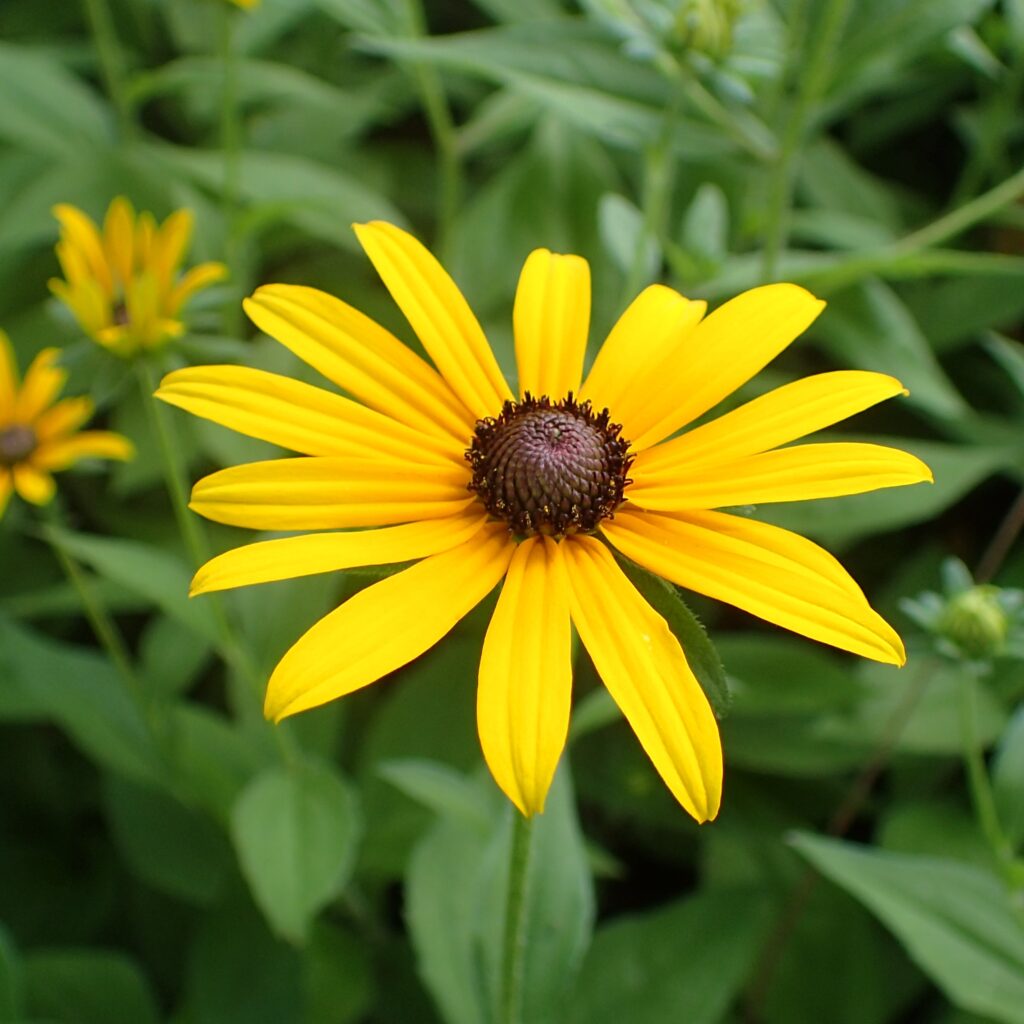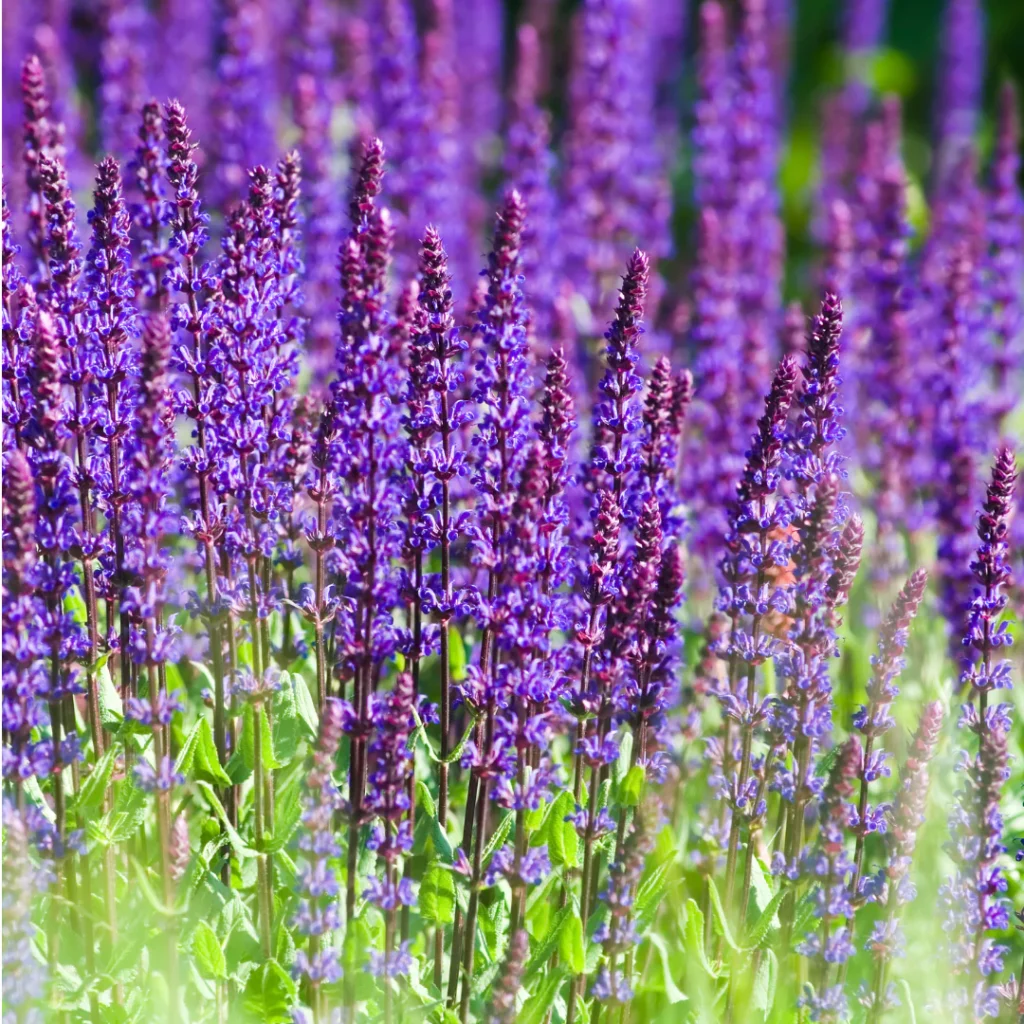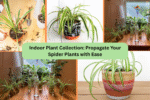Creating a pollinator-friendly garden is one of the best ways to support local ecosystems while adding natural beauty to your outdoor space. Bees, butterflies, and hummingbirds play a crucial role in plant reproduction, and having the right plants can turn your garden into a lively, buzzing haven. Here are ten gorgeous, pollinator-attracting plants that every garden should feature to support these essential creatures while keeping your flower beds looking stunning year-round.
1. Lavender (Lavandula)

Few plants are as beloved by pollinators as lavender. Its fragrant purple blooms not only add a rustic, calming touch to your garden but also attract bees, butterflies, and even hummingbirds. Lavender thrives in sunny, well-drained areas and can tolerate drought once established, making it both beautiful and low-maintenance. The long-lasting blooms provide nectar throughout the summer, while its silvery foliage adds texture to borders and garden edges. Bonus: you can use dried lavender for sachets or teas!
2. Bee Balm (Monarda)

Bee Balm is a native North American plant that boasts bold, firework-like flowers in shades of red, pink, and purple. As its name suggests, it’s a magnet for bees, but it also draws butterflies and hummingbirds. Blooming in mid to late summer, Bee Balm adds vibrant color and a slightly spicy fragrance to your garden. It prefers moist, well-drained soil and full sun to partial shade. Not only does it support pollinators, but its leaves can also be used to make herbal teas.
3. Coneflower (Echinacea)

Coneflowers are hardy perennials known for their striking daisy-like flowers with raised, cone-shaped centers. Available in a range of colors from purple to orange and white, they bloom from early summer to fall, offering an extended source of nectar. Bees and butterflies flock to these cheerful blooms, while birds feast on the seed heads in late fall. Coneflowers thrive in full sun and well-drained soil and require minimal care, making them perfect for beginner gardeners who want to support pollinators.
4. Milkweed (Asclepias)

Essential for monarch butterflies, Milkweed serves as both a nectar source and a host plant for monarch caterpillars. Its clusters of pink, orange, or white blooms emit a sweet fragrance that attracts bees and other butterflies too. Blooming from late spring to summer, Milkweed is drought-tolerant and thrives in sunny spots. Including it in your garden supports the monarch’s life cycle and contributes to vital conservation efforts, while its whimsical, upright form adds vertical interest to your flower beds.
5. Black-Eyed Susan (Rudbeckia)

A cheerful, easy-to-grow perennial, Black-Eyed Susans produce bright golden-yellow petals surrounding a dark brown center. Their long blooming season, from mid-summer to early fall, provides consistent nectar for bees and butterflies. These sun-loving flowers thrive in various soil types and are drought-tolerant once established. Not only do they create a striking visual contrast in your garden, but they also attract beneficial insects and birds that feed on their seeds in the cooler months.
6. Catmint (Nepeta)

Catmint is a hardy, low-maintenance perennial with soft, silvery foliage and clusters of small purple-blue flowers that bloom from late spring into summer. Loved by bees and butterflies, this plant thrives in sunny, well-drained spots and is highly drought-tolerant. Catmint makes an excellent border plant and pairs beautifully with roses and other perennials. Its aromatic leaves deter pests, while its continuous blooms provide a long-lasting food source for pollinators throughout the warmer months.
7. Salvia (Salvia nemorosa)

Salvias are prized for their tall spikes of violet, blue, or pink flowers that bloom from late spring to fall. These nectar-rich flowers are a favorite of bees, butterflies, and hummingbirds. Easy to grow and drought-tolerant, Salvias prefer full sun and well-drained soil. Their vertical form adds architectural interest to flower beds, while their aromatic foliage keeps deer and rabbits at bay. Deadheading spent blooms encourages fresh flushes of flowers, ensuring months of color and pollinator activity.
8. Yarrow (Achillea millefolium)
Yarrow is a tough, drought-resistant perennial with flat-topped clusters of tiny flowers in hues of white, yellow, pink, and red. It blooms from early to late summer, offering extended nectar availability for butterflies and bees. Its feathery foliage adds soft texture to garden borders and meadow plantings. Yarrow thrives in sunny, well-drained areas and can tolerate poor soils, making it an ideal choice for pollinator gardens seeking low-maintenance yet beautiful plants.
9. Butterfly Bush (Buddleja davidii)
True to its name, Butterfly Bush is famous for attracting swarms of butterflies with its long, arching clusters of fragrant flowers in shades of purple, pink, white, and blue. Blooming from summer to fall, it also draws bees and hummingbirds. This fast-growing shrub prefers full sun and well-drained soil. Regular pruning encourages more blooms and keeps the plant manageable. Butterfly Bush adds height and drama to garden landscapes while providing crucial nectar sources during peak butterfly season.
10. Coreopsis (Coreopsis verticillata)
Coreopsis, or Tickseed, produces cheerful, daisy-like blooms in shades of yellow, orange, and pink from early summer to fall. Its long-lasting flowers attract bees, butterflies, and other beneficial insects. Drought-tolerant and sun-loving, Coreopsis thrives in poor to average soils, making it an easy addition to pollinator gardens. It pairs well with ornamental grasses and other perennials and looks especially striking in cottage garden or wildflower-style plantings. Deadheading spent blooms keeps the flowers coming throughout the season.





Leave A Comment